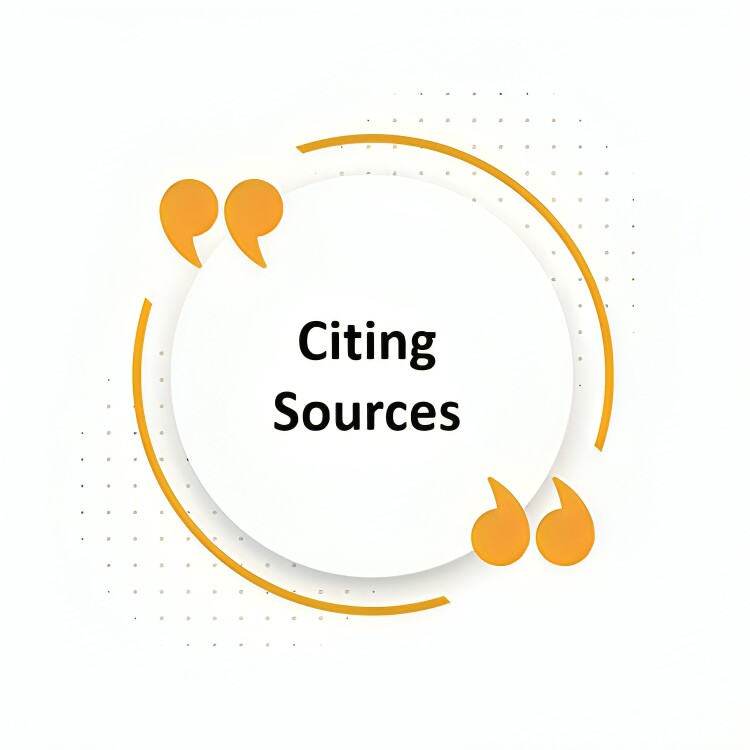کیفیه إعاده صیاغه (Paraphrase) أطروحتک أو مقالتک لتجنب الانتحال العلمی (Plagiarism)


یُعد فهم معاییر الانتحال العلمی فی الکتابه الأکادیمیه أمرًا بالغ الأهمیه. إعاده الصیاغه مهاره ضروریه خاصه عند إعداد الأطروحات (Thesis) أو الرسائل العلمیه (Dissertation). فهی تتیح لک التعبیر عن الأفکار بأسلوبک الخاص مع الحفاظ على المعنى الأصلی، مما یساعدک على تجنب الوقوع فی الانتحال. إلیک دلیلًا بسیطًا لإعاده الصیاغه بفعالیه مع أمثله توضیحیه.
قبل أن تبدأ، اقرأ الماده بعنایه لفهم الأفکار الرئیسیه والتفاصیل الداعمه. فهم المحتوى أمر أساسی لإعاده صیاغته بدقه.

لخص النقاط الرئیسیه بکلماتک الخاصه. اکتب الأفکار الرئیسیه دون الرجوع للنص الأصلی. هذا سیساعدک على استیعاب المعلومات جیدًا ویجهزک لإعاده الصیاغه بفعالیه.

The quick brown fox jumps over the lazy dog
The quick brown fox jumps over the lazy dog
A fast, brown fox leaps over a sleepy dog
غیّر الصفات وعدل ترکیب الجمله.
Students often struggle with time management during their studies
Students often struggle with time management during their studies
Learners frequently find it challenging to manage their time while studying
استبدل کلمه "Students" بـ "Learners" واستخدم "find it challenging" بدلاً من "struggle".
Due to the increasing complexity of modern technology, many individuals find it difficult to keep up with the latest advancements
Due to the increasing complexity of modern technology, many individuals find it difficult to keep up with the latest advancements
As modern technology becomes more complex, many people find it hard to stay current with developments and innovations in the field
قسّم الجمله لتوضیحها وأضف سیاقًا إضافیًا.
The results of the study indicate that exercise improves mental health
The results of the study indicate that exercise improves mental health
According to the findings of the research, engaging in regular exercise is associated with significant improvements in mental health
أعاد ترتیب الجمله لإبراز النقاط المهمه.
Climate change poses serious risks to biodiversity
Climate change poses serious risks to biodiversity
The impact of climate change on biodiversity is substantial, threatening various species and ecosystems, which underscores the urgent need for environmental conservation efforts
وسع الفکره الأصلیه بمناقشه الآثار وضروره الحفاظ على البیئه.
بعد إعاده الصیاغه، قارن نصک مع النص الأصلی للتأکد من أنک احتفظت بالأفکار الرئیسیه دون تقلید الصیاغه أو الهیکل الأصلی عن کثب.

دائمًا قم بإعطاء الفضل للمؤلفین الأصلیین حتى لو قمت بإعاده صیاغه أعمالهم. إن الاستشهاد الصحیح بالمصادر أمر ضروری للحفاظ على النزاهه الأکادیمیه.

قبل تسلیم أطروحتک أو مقالتک، مررها عبر برنامج کشف الانتحال للتأکد من عدم وجود تشابهات متبقیه مع النصوص الأصلیه، مما یتیح لک إجراء التعدیلات اللازمه.

یمکن أن یؤدی ارتفاع نسبه الانتحال العلمی فی المقالات الأکادیمیه أو الأطروحات إلى رفض العمل وعواقب خطیره، بما فی ذلک الإضرار بسمعه المؤلف. تفرض المجلات والجامعات سیاسات صارمه لمکافحه الانتحال للحفاظ على نزاهه البحث العلمی. بالنسبه للطلاب، قد یؤدی ذلک إلى عرقله التخرج وفرص المستقبل. لذلک، فإن ضمان الأصاله من خلال إعاده الصیاغه والاستشهاد الصحیح أمر ضروری لتحقیق النجاح الأکادیمی.
ضمان نزاهه عملک أمر بالغ الأهمیه لتحقیق النجاح الأکادیمی. دعنا أولاً نفحص ورقتک باستخدام أدوات کشف الانتحال ونزودک بتقریر مفصل. ثم نقوم بإعاده صیاغه المحتوى باحترافیه لتلبیه المعاییر المطلوبه.

ما هی الخدمات التی نقدمها؟
إذا کان لدیک أی أسئله، استفسارات، أو ترغب فی معرفه المزید عن خدماتنا، فلا تتردد فی التواصل معنا. فریقنا المخصص مستعد لمساعدتک.